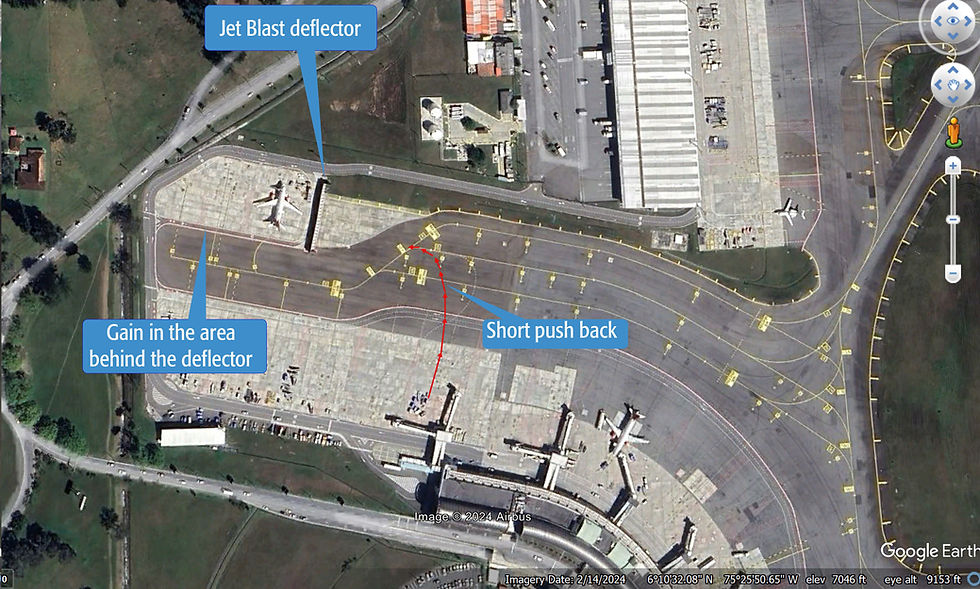Are U.S. Airports Running Out of Space?
- Juan Correa
- Aug 5, 2024
- 2 min read
U.S. airports are facing significant challenges in expanding their facilities due to various factors. The biggest issue is the rapid increase in air travel demand. As more people fly, airports are accommodating larger jets instead of smaller regional planes, which takes up more space and creates more noise and powerful jet blasts.

Congested airport, this create pollution (air and noise)
Many major U.S. airports, especially international hubs like JFK, Newark, LAX, and San Francisco, are experiencing capacity and delay problems. These delays ripple through the entire aviation system, affecting overall efficiency.
Several obstacles make it difficult for airports, particularly those in urban areas, to expand:
Rapid Urbanization: Airports that were once on the outskirts of cities are now surrounded by residential and commercial developments.
Megacity Trend: The growth of cities with over 10 million inhabitants puts pressure on airport systems and transport infrastructure.
Physical Constraints: Airports built after World War II are now surrounded by neighborhoods, making further expansion costly or impossible.
Land Acquisition Costs: Expanding airports often involves buying residential properties and compensating homeowners.
Mature Market: Unlike emerging countries with ample land, the U.S. has built infrastructure that makes creating new airport cities difficult.
Environmental Concerns: Expanding airports face opposition due to noise and environmental impacts on nearby communities.
To address these issues, airport designers and engineering firms are exploring new technologies and solutions. For instance, noise fences and jet blast deflectors can help manage noise and space. AI technology is also being used to optimize airport operations, reducing delays and increasing efficiency.

Delays and cancellations are on the rise.
An example of this is seen at SKRG airport in Colombia, where a new generation jet blast deflector has reduced pushback distances by 50% for large aircraft such the Boeing 747 and Airbus A330. This has saved up to six minutes per operation, reduced noise by over 20 dBA, and tripled the available space for tarmac parking and taxiing, allowing for additional parking positions.

Illustration of the are gained by additional parking positions, that are near to a huge B747 at breakaway power.

Real photo of the Jet blast deflector that is in service since 2018 at SKRG airport, Colombia.

Caption from Google earth to show the jet blast deflector.
Many major U.S. airports are already operating at or near capacity, with ground operations and layouts largely unchanged for decades.
Do you think major airports need to adopt new surface operations to shorten pushbacks and make land use more efficient?
To learn more, please find the following links:




Comentarios